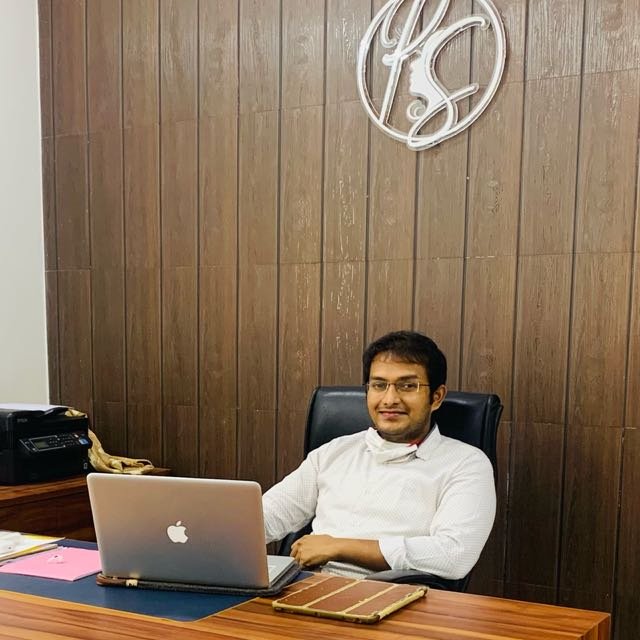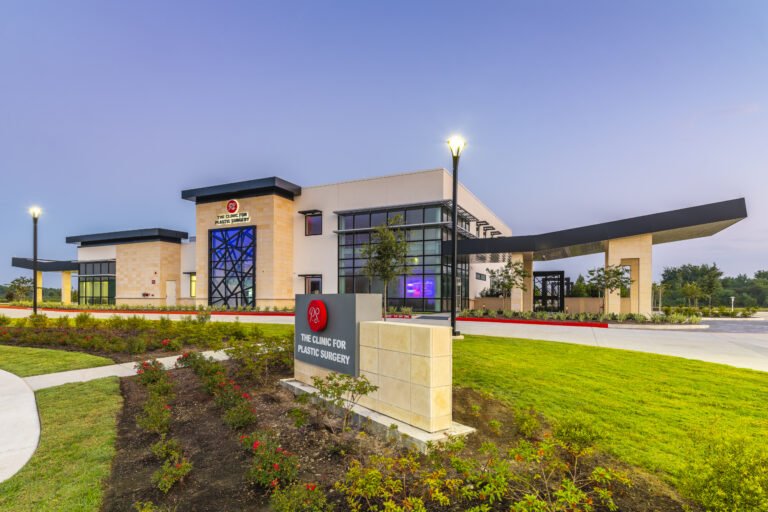Testosterone Replacement Therapy (TRT) is a life-changing option for men suffering from low testosterone—also known as hypogonadism. As awareness of hormonal health grows, an increasing number of international patients are traveling to South Korea for safe, science-backed TRT programs under the care of board-certified specialists.
If you’re considering traveling to Korea for TRT, this guide will walk you through everything you need to know: what TRT is, how it works, who it’s for, what to expect, and what makes Korea an ideal destination for treatment.
🧬 What Is Testosterone Replacement Therapy (TRT)?
TRT is a medical treatment that supplements testosterone in men whose bodies are no longer producing adequate levels of the hormone. Testosterone is crucial for:
- Sexual drive and function
- Muscle mass and strength
- Mood, focus, and energy levels
- Bone density
- Fat distribution
- Red blood cell production
When levels decline—due to aging, injury, illness, or genetics—TRT helps restore hormonal balance and quality of life.
📉 Symptoms of Low Testosterone (Low T)
Before starting TRT, it’s important to recognize potential signs of low T:
- Low libido or erectile dysfunction
- Chronic fatigue or reduced stamina
- Depression or irritability
- Loss of muscle or increase in body fat
- Trouble concentrating (“brain fog”)
- Sleep disturbances
- Decreased bone density or frequent injuries
A blood test is required to confirm diagnosis before treatment.
🌏 Why Medical Tourists Choose Korea for TRT
Korea is rapidly emerging as a trusted hub for hormone therapy and men’s health optimization, and here’s why:
✅ Medical Excellence
- Highly trained urologists and endocrinologists
- Modern clinics equipped with hormone diagnostic labs
- Personalized TRT protocols based on lab data and patient goals
✅ Affordability
- TRT in Korea is significantly less expensive than in the U.S., Canada, or Europe
- No need for long-term contracts or subscriptions
✅ International Patient Support
- English-speaking coordinators
- Short-stay therapy programs
- Digital follow-up options available for ongoing care
🔍 Types of TRT Offered in Korean Clinics
Korean clinics offer a variety of TRT delivery methods, customized to your needs:
| Method | Description | Duration |
|---|---|---|
| Injectable TRT | Testosterone enanthate or cypionate injections | Weekly to biweekly |
| Long-Acting Injections | Nebido (testosterone undecanoate) | Every 10–12 weeks |
| Topical Gels or Creams | Daily application to shoulders or arms | Daily use, non-invasive |
| Testosterone Pellets | Implanted under the skin, slow release | Lasts 3–6 months |
Note: Injectable forms are most commonly used in Korea due to efficiency and controlled dosing.
📋 What Medical Tourists Should Ask Before Starting TRT in Korea
1. Do I Need a Blood Test Before TRT?
Yes. Clinics will typically test:
- Total and free testosterone levels
- LH, FSH, and prolactin
- SHBG (Sex Hormone Binding Globulin)
- Optional: Estradiol, DHEA, PSA (prostate-specific antigen), and CBC
💡 Bring previous lab results if you have them, but Korean clinics will likely perform new tests onsite to ensure accuracy.
2. Am I a Good Candidate for TRT?
Good candidates:
- Have confirmed low testosterone (usually <300 ng/dL)
- Show symptoms of hypogonadism
- Are not planning immediate fertility (TRT can suppress sperm production)
- Have no untreated prostate or breast cancer
- Are committed to ongoing monitoring
3. How Long Does the Treatment Take?
Initial consultation, blood work, and the first TRT session can all happen within 1–2 days. For international patients:
- Some clinics offer short-stay initiation programs (3–5 days)
- Monthly injectable therapy can be continued locally after returning home
Some clinics also offer starter kits or prescriptions for patients to continue treatment abroad under a doctor’s supervision.
4. What Kind of Monitoring and Follow-Up Is Required?
After starting TRT, expect the following:
- Blood tests at 6–8 weeks to assess response and adjust dose
- Monitoring of hematocrit, estradiol, PSA, and liver function
- Digital consultations or email-based follow-up for overseas patients
5. What Are the Risks or Side Effects of TRT?
TRT is generally safe when monitored properly, but possible side effects include:
| Side Effect | Management Strategy |
|---|---|
| Acne or oily skin | Adjust dose or add topical therapy |
| Water retention | Reduce sodium intake, monitor labs |
| Increase in red blood cells | Periodic blood donation or dose adjustment |
| Suppressed sperm count | Add hCG if fertility is a concern |
| Gynecomastia | Monitor estradiol, add aromatase inhibitor if needed |
🧑⚕️ Leading Korean Clinics for TRT
✅ G Clinic (Gangnam, Seoul)
- Specializes in male hormone therapy and anti-aging
- Offers personalized TRT with blood panel optimization
- Excellent for medical tourists seeking discreet, efficient treatment
✅ Chaum Life Center
- Luxury wellness clinic in Seoul with integrative care
- TRT programs paired with nutrition, fitness, and preventive medicine
- Offers premium services for VIP travelers
✅ Banobagi Men’s Clinic
- Focused on sexual wellness and hormonal rejuvenation
- Combines TRT with aesthetic procedures like fat reduction or hair restoration
💰 Cost of TRT for Medical Tourists in Korea
| Service | Estimated Cost (USD) |
|---|---|
| Initial consultation & blood test | $100 – $200 |
| Single testosterone injection | $50 – $120 per shot |
| Nebido injection (long-acting) | $300 – $500 |
| Topical cream (1-month supply) | $100 – $150 |
| 3–5 Day TRT Starter Package | $500 – $900 (includes labs + meds) |
Clinics may offer package discounts for international patients and support for ongoing prescriptions abroad.
✈️ Tips for Medical Tourists Starting TRT in Korea
- Plan a 3–5 day stay to complete blood work, consult, and receive the first dose
- Abstain from alcohol and intense exercise before your blood draw
- Bring a list of all medications and supplements you currently take
- Ask for written records and lab results in English for follow-up back home
- Ensure your home country allows importation of testosterone (if you plan to continue treatment)
📌 Summary: What to Know Before TRT in Korea
| ✅ Step | 📝 Action |
|---|---|
| Check symptoms of low T | Fatigue, low libido, mood changes, muscle loss |
| Schedule a consultation | In-person or online with a TRT clinic |
| Get blood tests done | Hormonal panel, PSA, CBC, etc. |
| Review eligibility and risks | Based on health status and fertility plans |
| Start treatment + follow-up plan | Injection or topical + remote monitoring |
🧠 Final Thoughts
TRT is not just about restoring hormone levels—it’s about reclaiming energy, strength, and quality of life. With its high-quality care, modern clinics, and patient-focused protocols, Korea is an ideal destination for men seeking trustworthy testosterone therapy.
Whether you’re struggling with fatigue, performance issues, or age-related decline, starting TRT in Korea could be your first step toward a more balanced, revitalized version of yourself.



